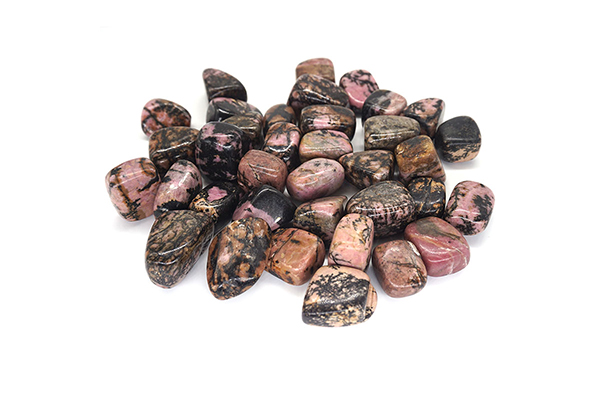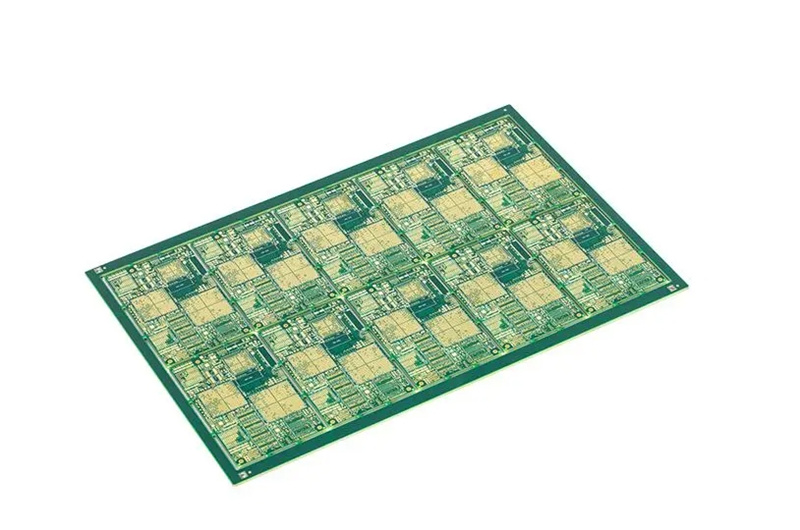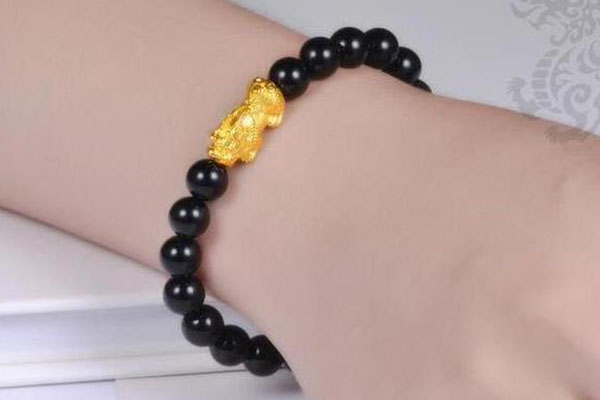Gemstones are beloved for their beauty and variety. Two popular gemstones are jasper and agate, which are often used in jewelry and decorative objects. Despite their similarities, these two stones have unique characteristics that set them apart. In this article, we will explore the differences and similarities between jasper and agate.
Definition and Characteristics
Jasper is a type of chalcedony that is opaque and typically red, brown, or yellow. It often has distinctive patterns, such as swirls or spots, and can be polished to a high shine. Jasper is a relatively hard stone, with a rating of 6.5-7 on the Mohs scale.
Agate is also a type of chalcedony, but it is translucent or transparent and can come in a range of colors, from white and gray to red, blue, and green. Like jasper, agate can have unique patterns and can be polished to a high shine. Agate is slightly harder than jasper, with a rating of 7 on the Mohs scale.
Composition and Formation
Jasper and agate have similar compositions, as they are both forms of chalcedony. Chalcedony is a mineral made up of microcrystalline quartz, which is a form of silicon dioxide. However, jasper and agate have different mineral impurities that give them their distinctive colors and patterns.
Jasper is formed from sedimentary rocks, such as clay or shale, that have been heated and compressed over time. The heat and pressure cause the minerals in the sedimentary rock to recrystallize, forming jasper. Jasper can also form from volcanic activity, as hot water and gases interact with rock to form mineral deposits.
Agate is formed in a similar way to jasper, but it typically forms in volcanic rocks. As lava cools and solidifies, pockets of gas can become trapped within the rock. Over time, mineral-rich water can seep into these pockets and deposit layers of chalcedony, forming agate.
Differences Between Jasper and Agate
Color and pattern: Jasper is typically red, brown, or yellow, and often has a swirling or spotted pattern. Agate, on the other hand, can come in a range of colors and often has distinctive banding or stripes.
Mineral composition: Jasper often contains iron or other mineral impurities that give it its color, while agate can contain a range of minerals that create different colors and patterns.
Hardness: Jasper is slightly softer than agate, with a rating of 6.5-7 on the Mohs scale compared to agate’s rating of 7.
Similarities Between Jasper and Agate
Despite their differences, jasper and agate have several similarities. Both stones are forms of chalcedony and have a similar composition. They are also both commonly used in jewelry and decorative objects due to their unique patterns and colors. Both jasper and agate can be polished to a high shine and are often cut into cabochons or beads.
Additionally, jasper and agate have similar formation processes. Both stones are formed through a combination of heat and pressure, and mineral-rich water plays a role in their formation.
Uses of Jasper and Agate
Jasper and agate have a range of uses due to their unique properties. Jasper is often used in jewelry, as well as decorative objects such as vases and bookends. It is also used in industry for applications such as electrical insulation and building materials.
Agate is commonly used in jewelry, especially in the form of beads or cabochons. Its distinctive banding or stripes make it a popular choice for statement pieces. Agate is also used in decorative objects such as coasters, bookends, and lamps. In addition, agate is used in industry for applications such as grinding media, as it is hard and durable.
Conclusion
While jasper and agate share some similarities, they have distinct differences in color, mineral composition, and hardness. Jasper is typically red, brown, or yellow with a swirling or spotted pattern, while agate can come in a range of colors and has distinctive banding or stripes. Both stones are forms of chalcedony and have similar formation processes, and they are commonly used in jewelry and decorative objects. Understanding the unique properties of these gemstones can help you appreciate their beauty and choose the right one for your needs.




